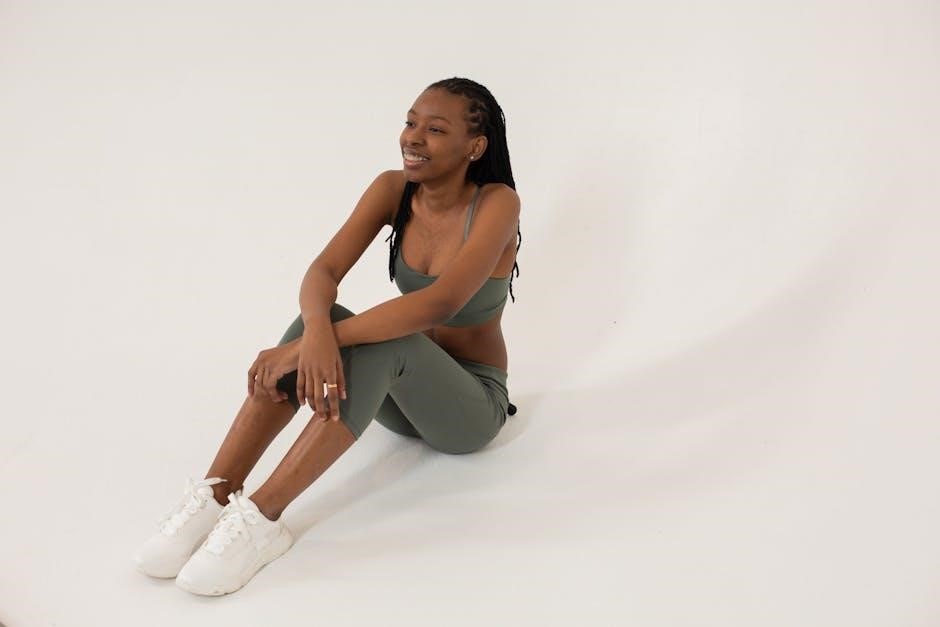Welcome to the ultimate guide on finding your perfect bra fit! Discover how proper sizing enhances comfort, support, and confidence. Learn expert tips, measurements, and styles to ensure a flawless fit.
Why Proper Bra Fit Matters
A well-fitting bra is essential for daily comfort, confidence, and breast health. Proper fit ensures optimal support, reducing discomfort and potential long-term damage to breast tissue. It prevents issues like cup spillage, band digging, and strap slippage, which can hinder mobility and cause pain. A good fit also enhances the appearance of clothing, creating a smoother silhouette and boosting self-assurance. Ignoring proper fit can lead to health concerns, such as poor posture or skin irritation. Investing time in finding the right size and style is crucial for both physical and emotional well-being. A bra that fits perfectly empowers you to feel your best, making it a foundation for a confident, active lifestyle.
Key Components of a Well-Fitting Bra
A well-fitting bra comprises several essential elements. The band should sit snugly around the torso, providing 80% of the support, while the straps adjust to distribute weight evenly without digging into the shoulders. Cups must fully encase the breasts, offering a smooth line with no spillage or gapping. The gore, the piece between the cups, should sit flat against the chest for optimal separation. The underwire, if present, should lie comfortably beneath the breast tissue without causing discomfort. Proper alignment ensures the bra stays in place, preventing shifting during movement. Each component works together to create a supportive, comfortable fit that enhances both appearance and well-being. Ensuring these elements are in harmony is key to a perfect bra fit.
Understanding Bra Size Measurements
Bra sizes are determined by two key measurements: the band size and the cup size. The band size is the numerical part of your bra size, representing the measurement around your torso. The cup size indicates the volume of your breasts relative to the band. Together, these measurements ensure a balanced fit. Cup sizes range from AA (smallest) to KK (largest), with each letter representing a specific volume difference. Proper measurement involves wrapping a tape measure snugly around your torso and around the fullest part of your bust. Variations in sizing systems exist across brands and regions, so understanding your size in different systems is crucial for consistency. Accurate measurements are the foundation of a well-fitting bra, ensuring comfort and support. Always refer to a bra size chart for precise conversions and guidance.
How to Measure Your Bra Size
Measure around your torso for the band size and around the fullest part of your bust for cup size. Use a snug tape measure for accurate results.
Measuring Your Band Size
To measure your band size, wrap a tape measure snugly around your torso, directly under your bust. Ensure the tape is level and not too tight. While braless or wearing a non-padded bra, take the measurement. This number, in inches or centimeters, determines your band size. For accuracy, exhale slightly and keep the tape measure horizontal. If the measurement falls between two numbers, round up to the next even number. A well-fitting band should feel comfortable but firm, providing 80% of the bra’s support. Proper band fit ensures stability and prevents digging or riding up. Always double-check your measurement for the best results.
Measuring Your Cup Size
To measure your cup size, wrap a tape measure around the fullest part of your bust while standing upright. The tape should be snug but not tight, typically placed over the nipple. Subtract your band size from this measurement to determine your cup size. For example, if your bust measures 38 inches and your band size is 36 inches, the difference is 2 inches, corresponding to a B cup. Ensure the cups are neither too tight nor too loose; your breasts should fit comfortably without spilling over or leaving gaps. Proper cup fit ensures optimal support and comfort. If unsure, consider consulting a professional fitter for an accurate assessment. This step is crucial for selecting the right bra style and size.
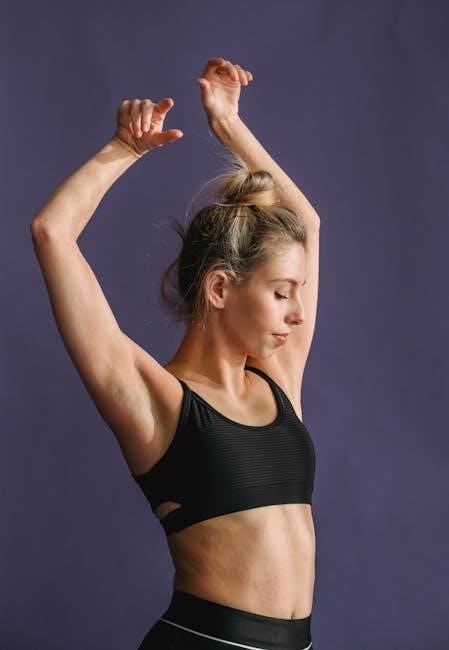
Using a Bra Size Calculator

A bra size calculator is a convenient tool to determine your ideal size by inputting your band and cup measurements. Simply enter your band size and the difference between your bust and band measurements to find your cup size. Many calculators are available online, offering instant results. They are particularly helpful for those who prefer self-measurement or are shopping online. While calculators simplify the process, they may not always account for fit variations between brands. For the most accurate results, combine the calculator with professional fitting advice or refer to a bra size chart. This ensures a comfortable, supportive, and well-fitting bra tailored to your body. Using a calculator is a great starting point for achieving the perfect fit.

Common Bra Fit Issues and Solutions
Addressing common fit issues like cup spillage, band discomfort, and strap slippage is key to ensuring comfort and support. Explore practical solutions for a better fit.
Signs of a Poor Fitting Bra
A poorly fitting bra can cause discomfort and lack of support. Common signs include the band riding up, cup spillage, or gapping, and straps that constantly slip. If the underwire digs into your skin or the cups wrinkle, it’s a clear indication of an incorrect fit. Additionally, if the bra feels too tight or restrictive, it may impede breathing and movement. Pay attention to these signs, as they can lead to long-term discomfort and even health issues. Addressing these fit problems is essential for optimal comfort and confidence. Proper fit ensures all-day support and enhances your overall well-being.
How to Fix Cup Spillage
Cup spillage occurs when breasts overflow the bra cups, causing discomfort and an unflattering appearance. To address this, ensure your cup size is adequate—consider going up a size if needed. Check if the band is too loose, as this can cause the cups to sit improperly. Adjust the shoulder straps for better support and ensure all breast tissue is guided into the cups. Leaning forward while fastening the bra can help position breasts correctly. If issues persist, explore different styles, like full-cup or balconette bras, which offer more coverage. Proper fit ensures comfort and confidence, making it essential to address cup spillage promptly.
Adjusting the Band and Straps
The band and straps play a crucial role in ensuring a comfortable and supportive fit. The band should sit level around your torso and feel snug but not restrictive. If the band rides up, it may be too loose, while a tight band can cause discomfort. Adjust the band by tightening or loosening the hooks. Shoulder straps should be adjusted to distribute weight evenly—neither digging into your skin nor slipping off. Proper strap tension ensures the cups stay in place and prevents breast tissue from spilling over. Regularly check and adjust both the band and straps to maintain optimal support and comfort throughout the day.
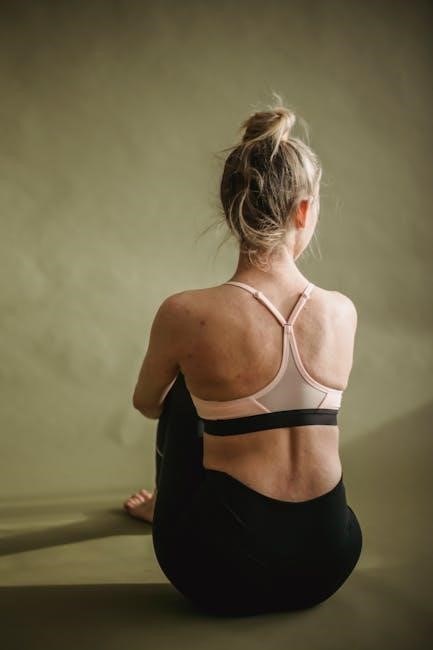
Different Bra Styles and Their Fits
Explore various bra styles, each designed for specific needs. T-shirt bras offer seamless coverage, push-up bras enhance cleavage, sports bras provide high-impact support, and minimizer bras reduce bust volume for a flattering fit.
T-Shirt Bras
T-shirt bras are a wardrobe staple, offering seamless coverage and a smooth silhouette under tight-fitting clothing. Designed with molded cups, they provide a natural shape and invisible lines. These bras are ideal for everyday wear, combining comfort and support. Look for soft, breathable fabrics and a snug band for all-day ease. Ensure the cups fully encase your breasts without spillage and the straps adjust to prevent digging. A well-fitting t-shirt bra should feel like a second skin, offering confidence and comfort. They cater to various body types, making them a versatile choice for any outfit. Perfect for creating a polished look, t-shirt bras are a must-have in every lingerie collection.
Push-Up Bras
Push-up bras are designed to enhance your natural shape by lifting and projecting the breasts. They feature angled cups with padding or underwire support to create a fuller appearance. Ideal for low-cut tops or evening wear, these bras offer both elegance and confidence. Look for styles with adjustable straps to customize the lift. Ensure the cups fully cover your breasts without spillage and the band fits snugly. Push-up bras are perfect for those seeking a more defined silhouette. They cater to various preferences, from subtle enhancement to dramatic cleavage. For proper fit, avoid gapping in the cups and ensure the underwire sits comfortably. A well-fitting push-up bra can elevate any outfit, blending style with support.
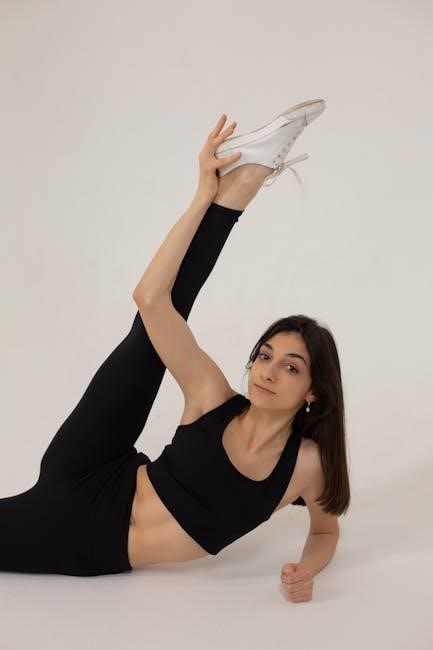
Sports Bras
Sports bras are essential for active women, offering medium to high-impact support during workouts. They are designed to minimize breast movement, ensuring comfort and confidence. Look for styles with breathable, moisture-wicking fabric to keep you dry. The band should fit snugly, providing 80% of the support, while the cups should fully encapsulate your breasts without spillage. Adjustable straps allow for a customizable fit. Sports bras are perfect for high-energy activities, offering both functionality and style. Proper fit is crucial to avoid discomfort or distraction during exercise. Choose a sports bra that aligns with your activity level and personal comfort preferences for optimal performance and support.
Minimizer Bras
Minimizer bras are designed to reduce the visual appearance of a larger bust, offering a more balanced silhouette. They work by compressing and reshaping the breasts, rather than pushing them up. These bras are ideal for women with cup sizes 34C and above, providing a smoother look under clothing. Look for styles with wide straps and a sturdy band for added support and comfort. Minimizer bras are perfect for creating a professional or streamlined appearance while maintaining all-day wearability. They are a great option for those who prefer a more subtle look without sacrificing comfort or support.
Expert Tips for Finding the Perfect Fit
Explore professional advice on achieving a flawless bra fit, including sister sizing, using fit charts, and personalized styling tips for ultimate comfort and confidence.
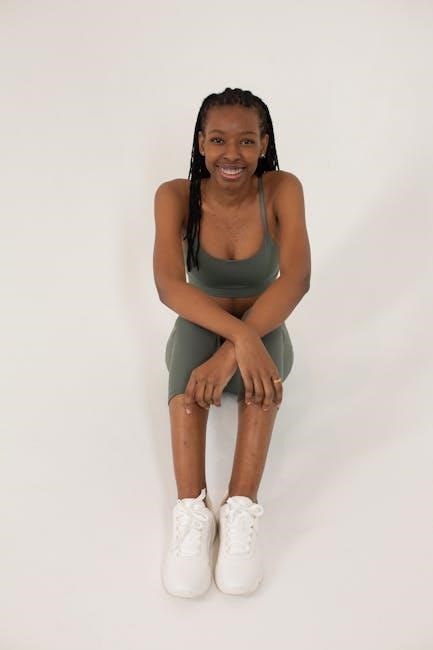
The Importance of Sister Sizing
Sister sizing is a vital concept in bra fitting, allowing you to find similar sizes across different brands. It helps when your usual size isn’t available, ensuring a consistent fit. By adjusting the band or cup size while maintaining the same overall fit, sister sizing provides flexibility. For example, a 34B and 36A are sister sizes, offering the same cup volume but different band lengths. This method is especially useful for women whose size varies between brands or styles. Understanding sister sizing can reduce frustration and expand your options, making your bra-shopping experience smoother and more successful.
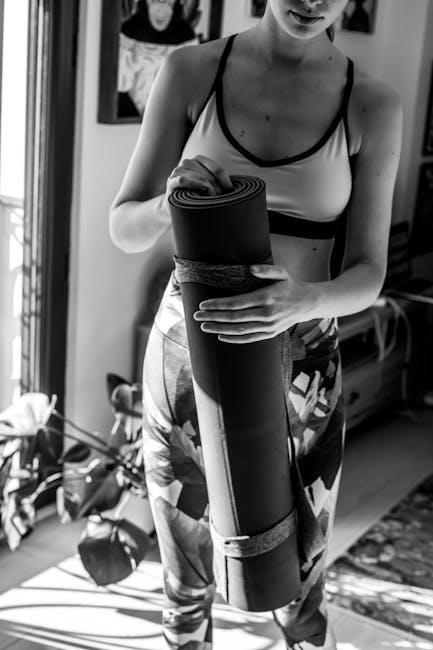
How to Use a Bra Fit Chart
Using a bra fit chart is an essential step in finding your perfect size. Start by measuring your band and cup size accurately. Locate these measurements on the chart, ensuring they align correctly. The chart will help you determine your size across different brands, as sizing can vary. Pay attention to sister sizes, which allow you to adjust the band or cup size while maintaining a similar fit. Many charts include visual guides to help you identify proper fit characteristics, such as no gapping or spillage. By following the chart’s instructions, you can eliminate guesswork and confidently select a bra that offers comfort and support. This tool is invaluable for both online and in-store shopping experiences.
Professional Bra Fitting Advice
Professional bra fitters can provide personalized guidance to ensure a perfect fit. They use expert techniques to measure and assess your size, considering factors like breast shape and comfort preferences. A qualified fitter will help you identify the best styles for your body, such as minimizing bras for larger busts or T-shirt bras for a seamless look. Many fitters recommend leaning forward to ensure all breast tissue is inside the cups for optimal support. They also emphasize the importance of a snug band, as it provides 80% of a bra’s support. By visiting a professional, you can explore sister sizes and discover brands that cater to your specific needs, ensuring a bra that feels as good as it looks. This expertise is invaluable for achieving long-lasting comfort and confidence.
A well-fitting bra enhances comfort, confidence, and your overall appearance. Use the expert tips and guides provided to find your perfect fit and enjoy the difference!
Final Tips for Maintaining a Great Fit
Regularly check your bra size as your body changes over time. Replace bras every 6-12 months to ensure optimal support. Store them properly to maintain shape and quality. Adjust straps and bands periodically for comfort. Consider seasonal changes in fit due to weight fluctuations. Wash bras gently to prevent wear and tear. Finally, trust your comfort—your bra should feel supportive without restricting movement; By following these tips, you’ll enjoy a great fit all year round!
